Here is how ATSE is applied in different locations:

1 Transformer outgoing side, two incoming lines and one bus connection mode. Through the reliable mechanical and electrical interlock, in the case of power failure, failure or system maintenance of one transformer, the load automatically or manually switch to the bus of another transformer, to provide continuous power supply for the load, to avoid the adverse effects of long time power failure.
2 ATSE of bus and generator outlet side. Emergency power supply: When the normal power supply system runs normally, the ATSE obtains power from the normal power supply. When the normal power supply system is overhauled or faulty, ATSE sends a start signal to the generator, and the generator should start up. After the stable operation of the generator, ATSE switches to the generator side power supply and is powered by the generator.
3 ATSE at the distribution box. Like distribution box direct controller load, emergency lighting, evacuation instructions, etc.
4 ATSE at load. Mainly some civil load, like elevator, fan, public lighting, smoke exhaust machine and so on.
5 Fire fighting load. Mainly fire pump, fire fan, fire fan, fire shutter and so on.
In the above cases, we can probably know some applications of conventional ATSE. At the same time, there are still some products with special requirements in some special fields, such as ATSE that allows power supply to be connected in parallel for a short time, so as to realize continuous power switching. ATSE with bypass can be used for ATSE overhaul and maintenance, but load does not need to be cut off. When maintenance is needed, the parallel circuit of ATSE will be turned on to ensure power supply for load. ATSE will be cut off for maintenance at this time.
The above is some common sense related to ATSE, I hope to bring certain help to your life and work.

 PC Automatic transfer switch YES1-32N
PC Automatic transfer switch YES1-32N PC Automatic transfer switch YES1-125N
PC Automatic transfer switch YES1-125N PC Automatic transfer switch YES1-400N
PC Automatic transfer switch YES1-400N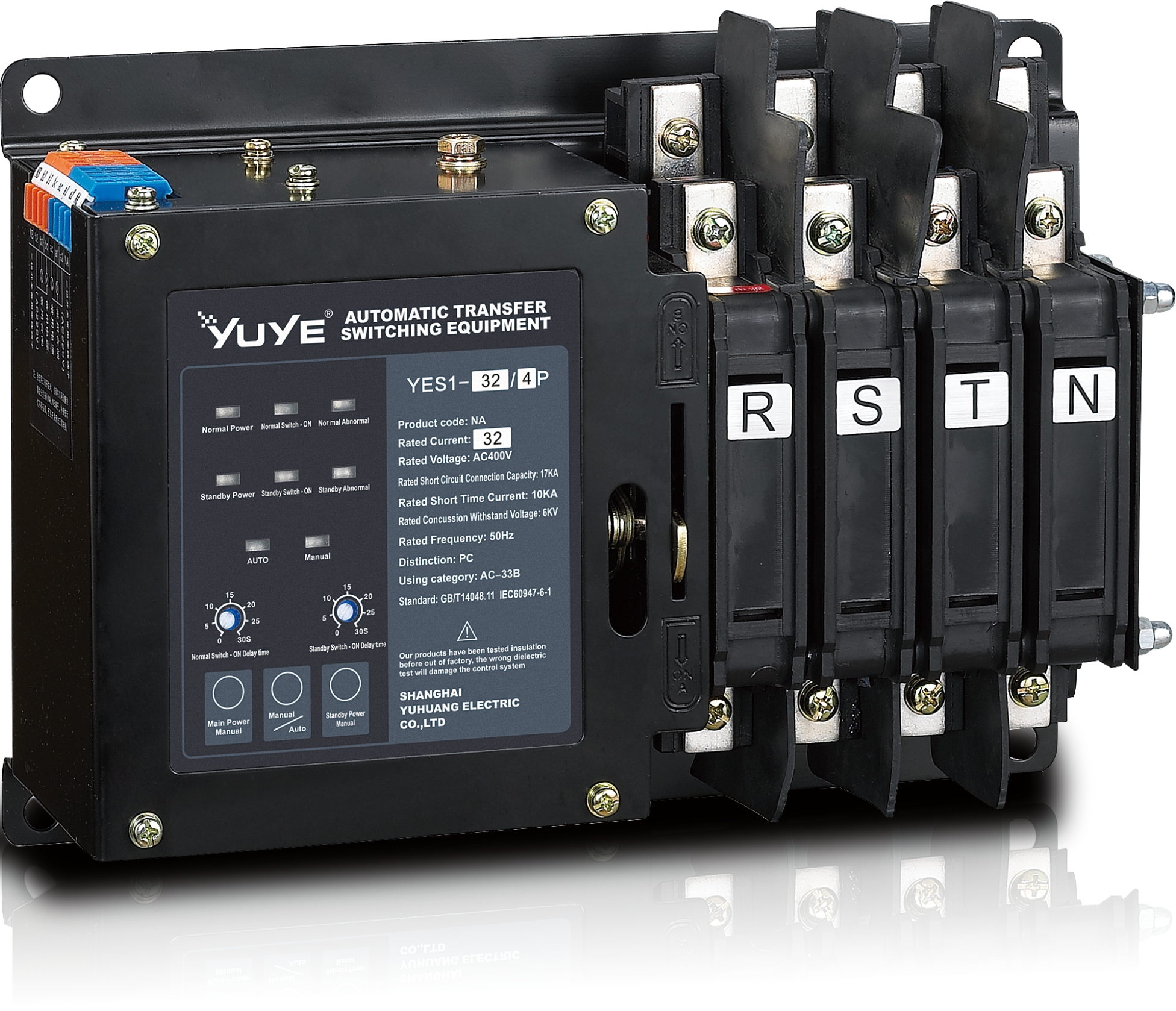 PC Automatic transfer switch YES1-32NA
PC Automatic transfer switch YES1-32NA PC Automatic transfer switch YES1-125NA
PC Automatic transfer switch YES1-125NA PC Automatic transfer switch YES1-400NA
PC Automatic transfer switch YES1-400NA PC Automatic transfer switch YES1-100G
PC Automatic transfer switch YES1-100G PC Automatic transfer switch YES1-250G
PC Automatic transfer switch YES1-250G PC Automatic transfer switch YES1-630G
PC Automatic transfer switch YES1-630G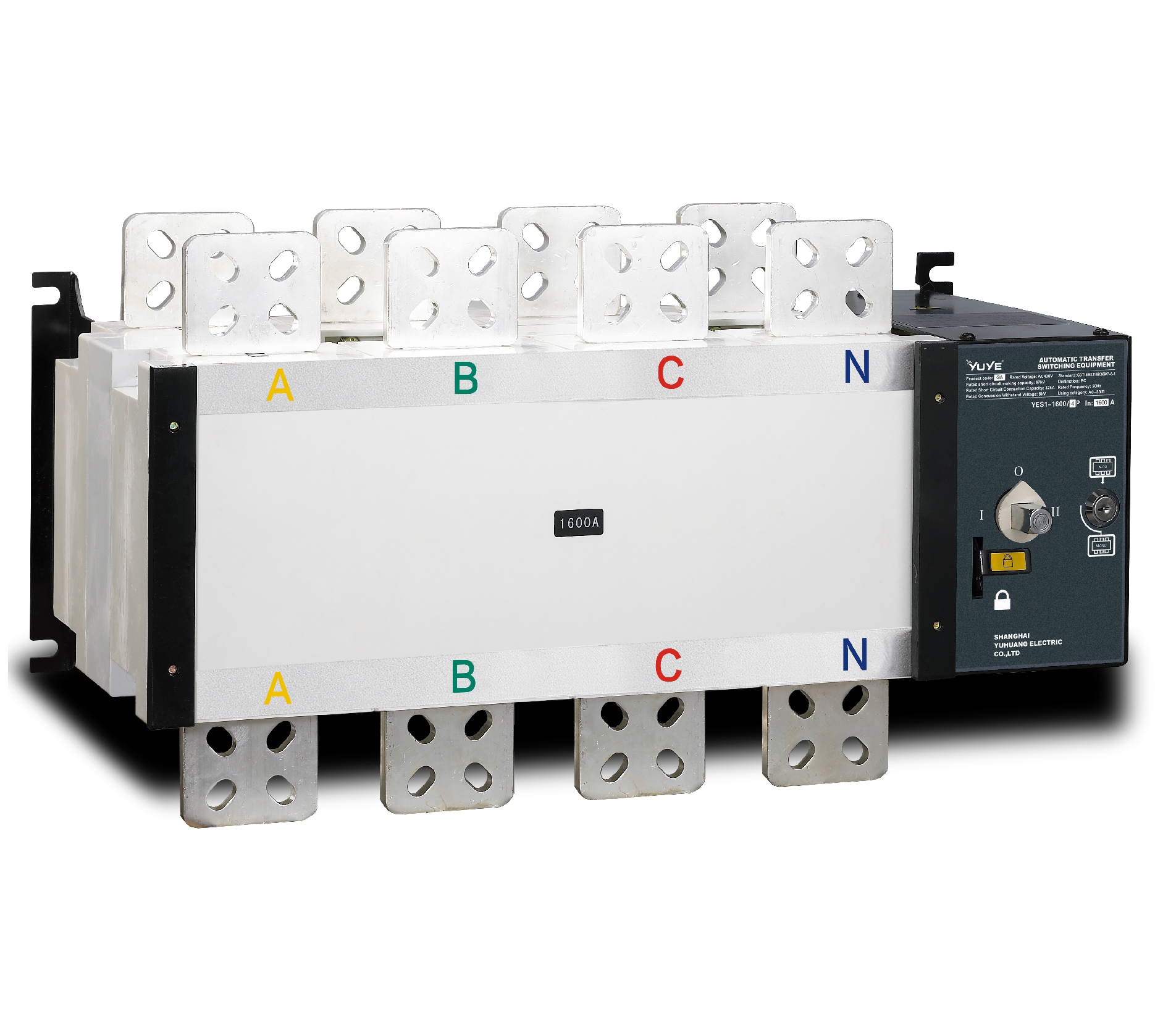 PC Automatic transfer switch YES1-1600G
PC Automatic transfer switch YES1-1600G PC Automatic transfer switch YES1-32C
PC Automatic transfer switch YES1-32C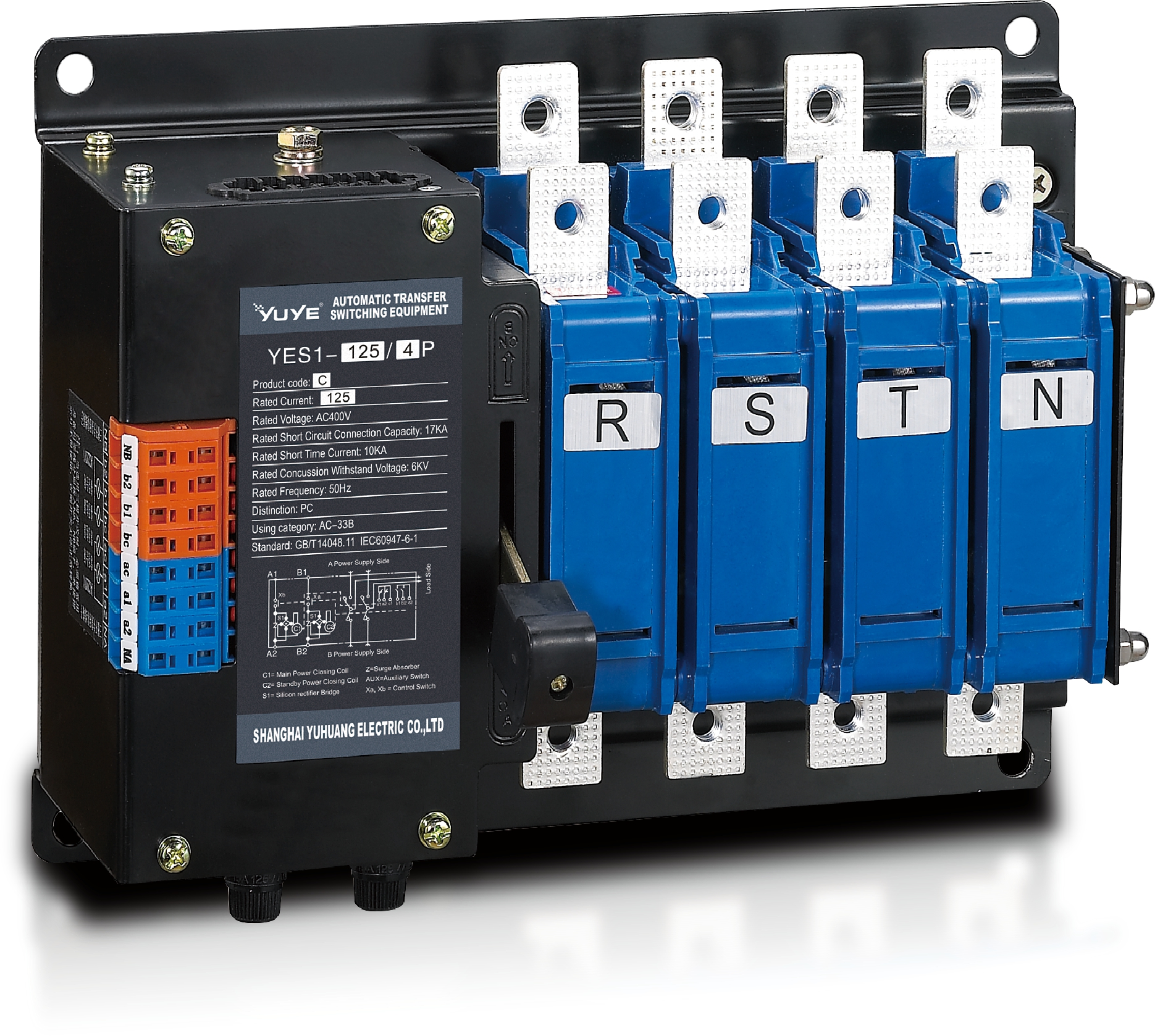 PC Automatic transfer switch YES1-125C
PC Automatic transfer switch YES1-125C PC Automatic transfer switch YES1-400C
PC Automatic transfer switch YES1-400C PC Automatic transfer switch YES1-125-SA
PC Automatic transfer switch YES1-125-SA PC Automatic transfer switch YES1-1600M
PC Automatic transfer switch YES1-1600M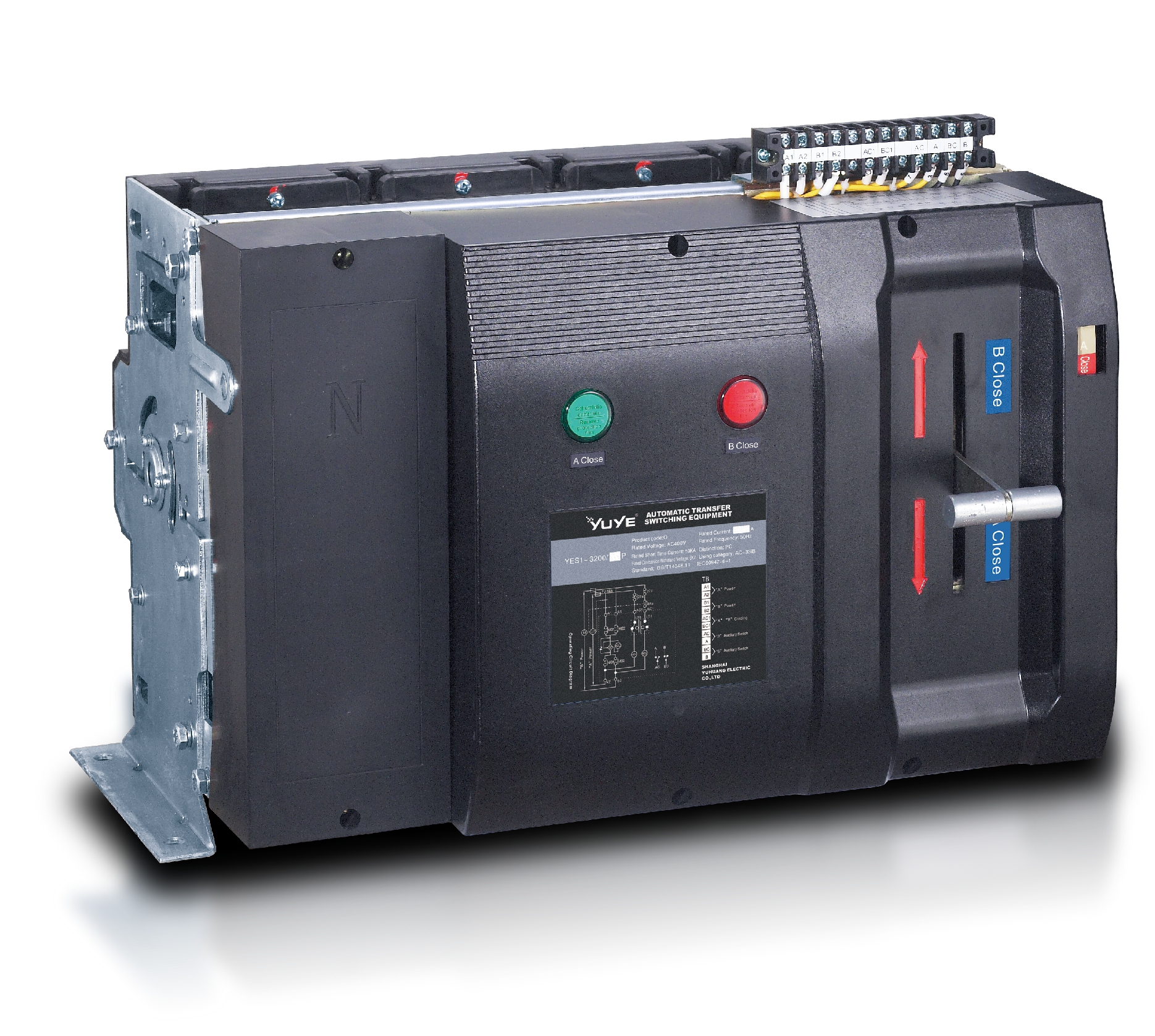 PC Automatic transfer switch YES1-3200Q
PC Automatic transfer switch YES1-3200Q CB Automatic transfer switch YEQ1-63J
CB Automatic transfer switch YEQ1-63J CB Automatic transfer switch YEQ3-63W1
CB Automatic transfer switch YEQ3-63W1 CB Automatic transfer switch YEQ3-125
CB Automatic transfer switch YEQ3-125 Air Circuit Breaker YUW1-2000/3P Fixed
Air Circuit Breaker YUW1-2000/3P Fixed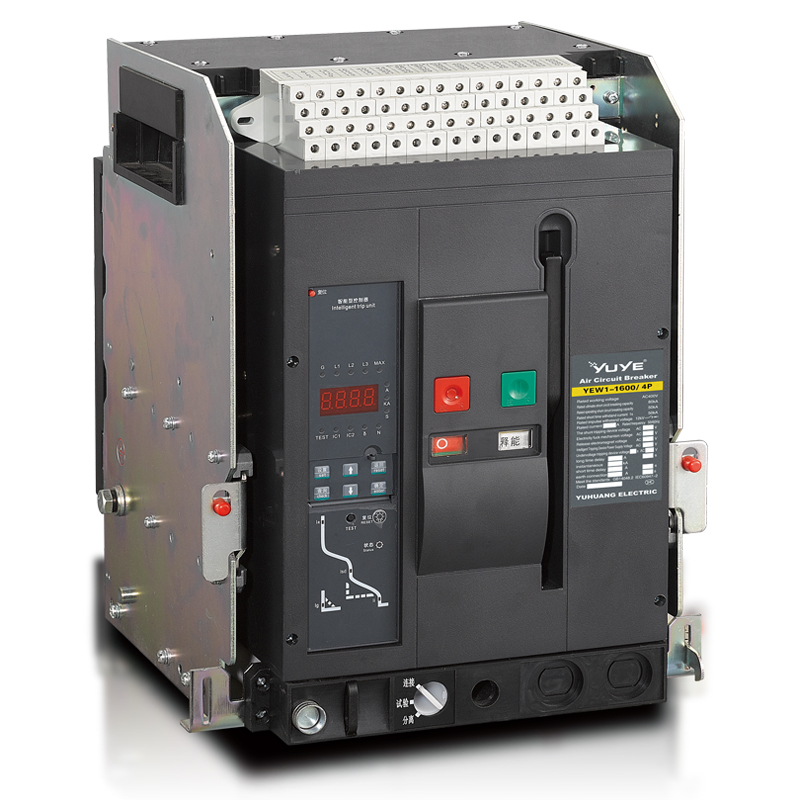 Air Circuit Breaker YUW1-2000/3P Drawer
Air Circuit Breaker YUW1-2000/3P Drawer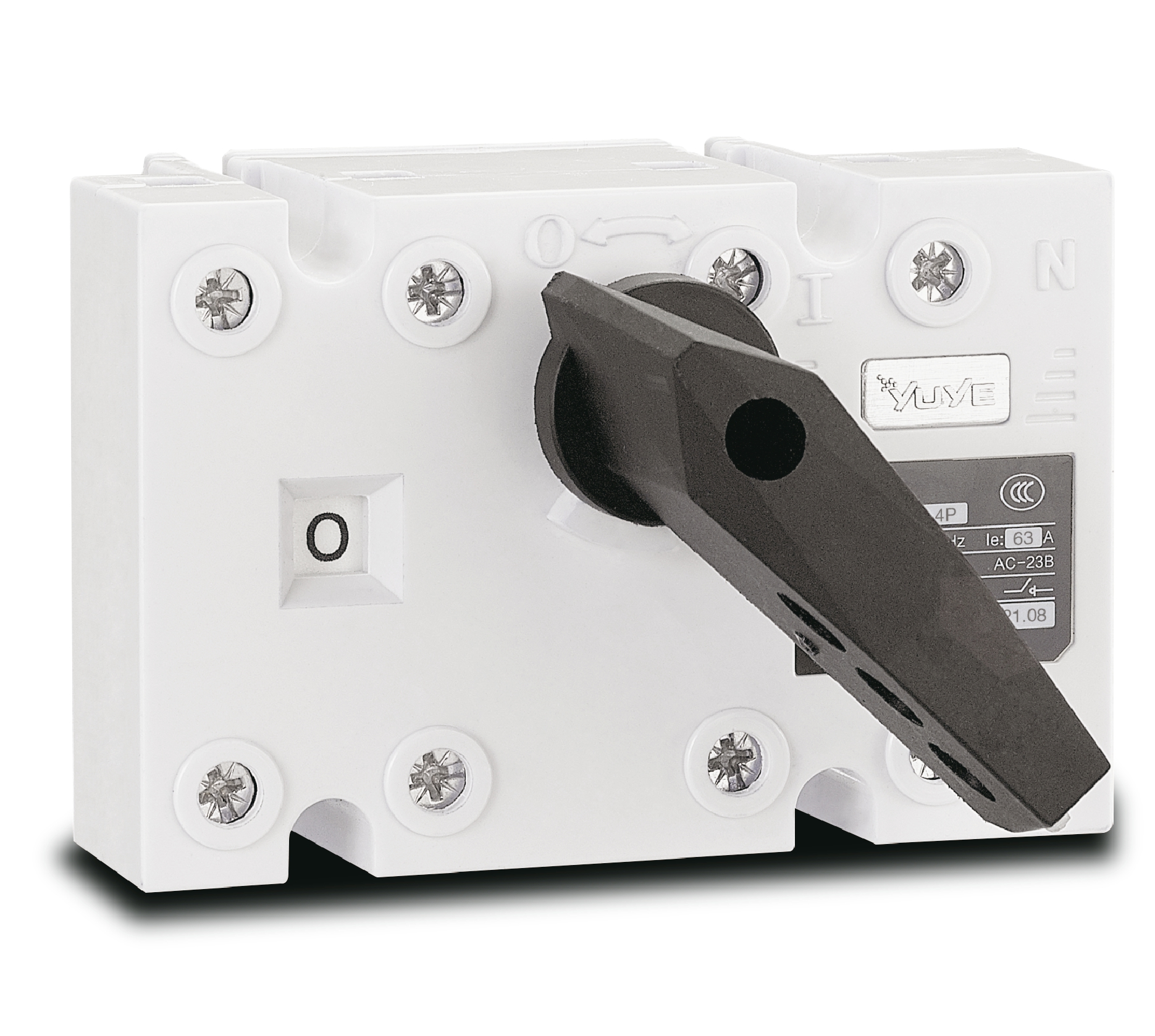 Load isolation switch YGL-63
Load isolation switch YGL-63 Load isolation switch YGL-250
Load isolation switch YGL-250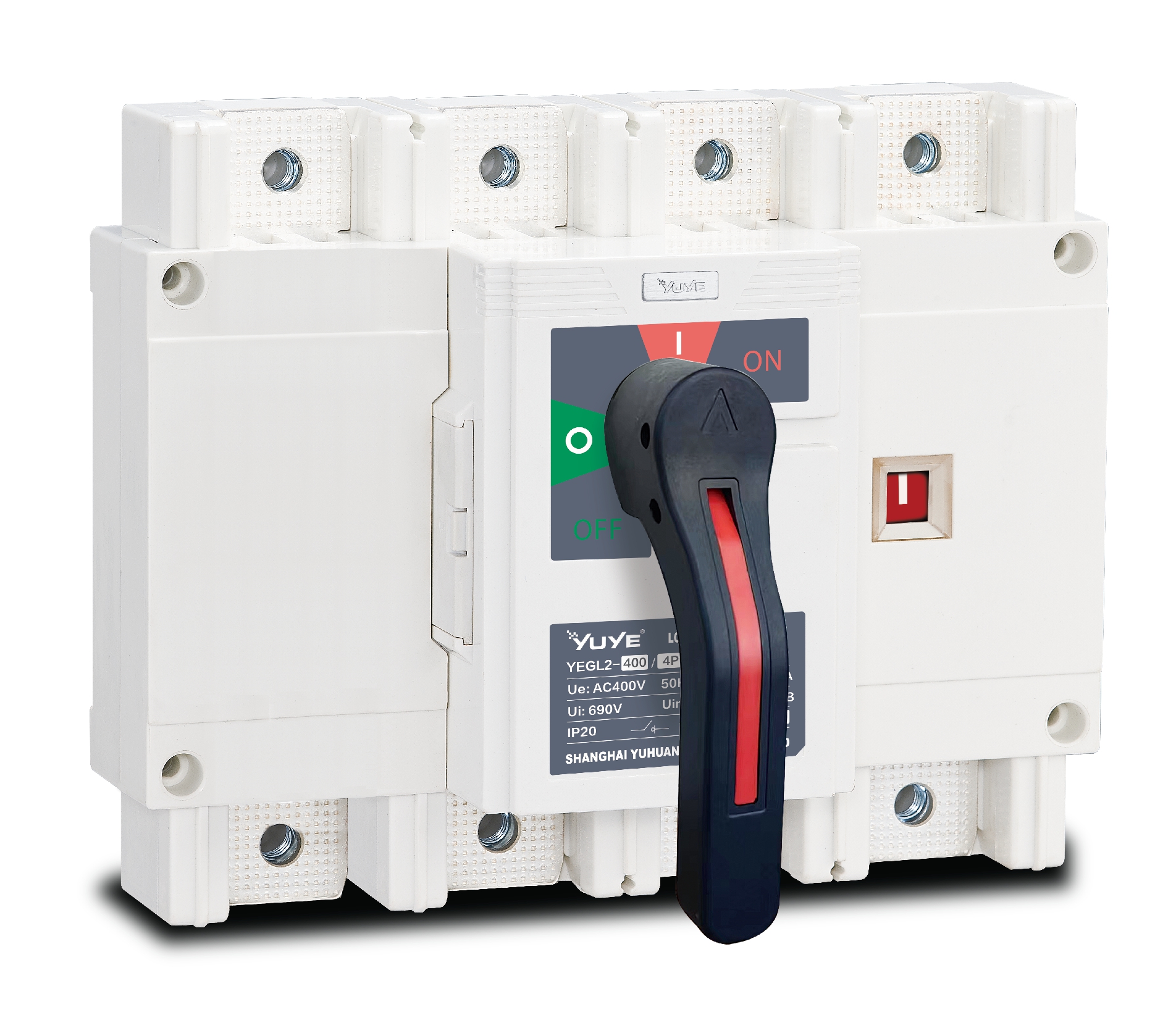 Load isolation switch YGL-400(630)
Load isolation switch YGL-400(630) Load isolation switch YGL-1600
Load isolation switch YGL-1600 Load isolation switch YGLZ-160
Load isolation switch YGLZ-160 ATS switch Cabinet floor-to-ceiling
ATS switch Cabinet floor-to-ceiling ATS switch cabinet
ATS switch cabinet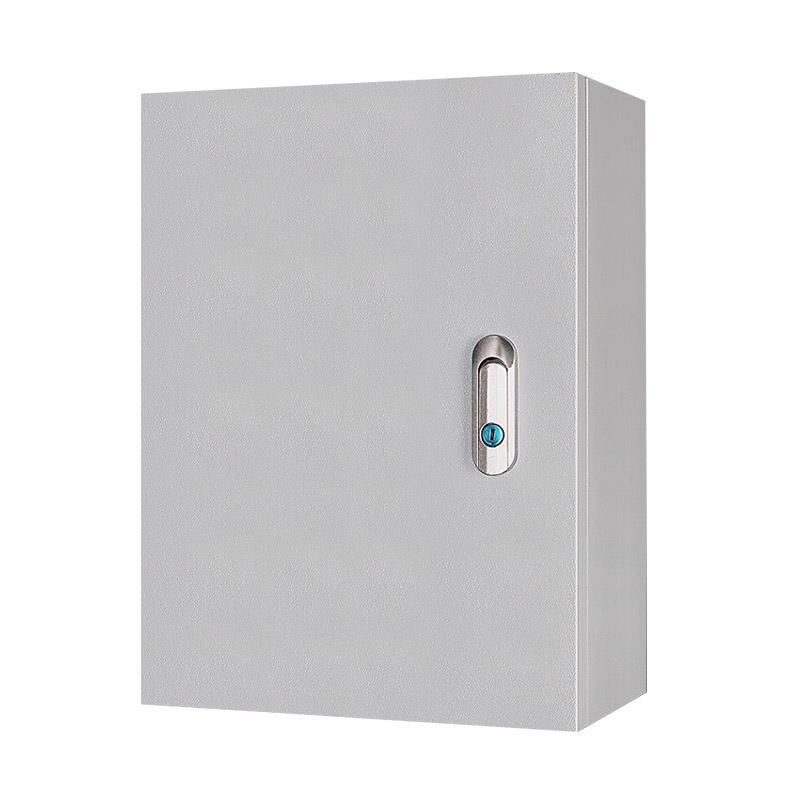 JXF-225A power Cbinet
JXF-225A power Cbinet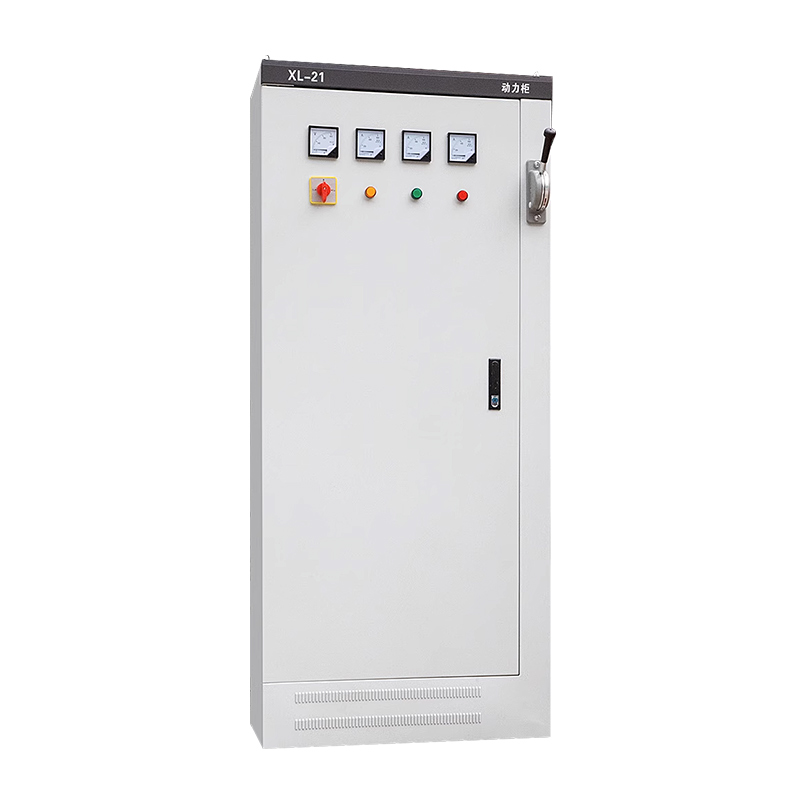 JXF-800A power Cbinet
JXF-800A power Cbinet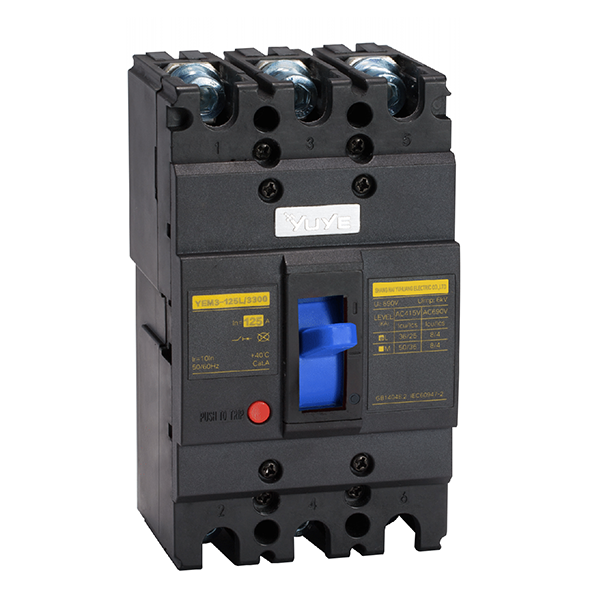 Molded case circuit breake YEM3-125/3P
Molded case circuit breake YEM3-125/3P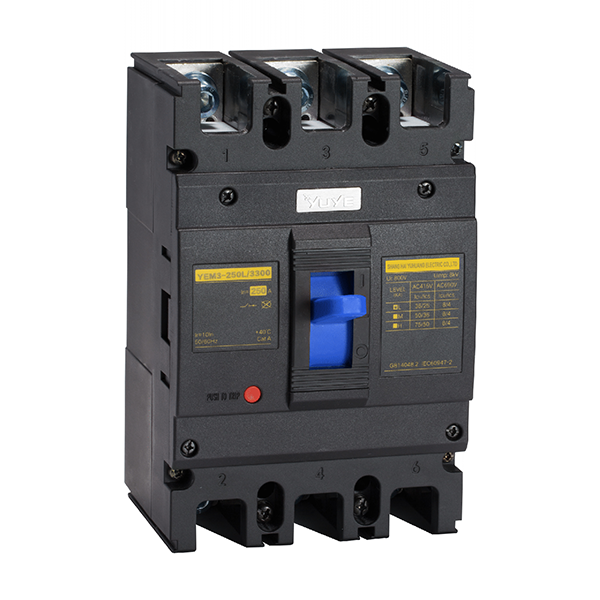 Molded case circuit breake YEM3-250/3P
Molded case circuit breake YEM3-250/3P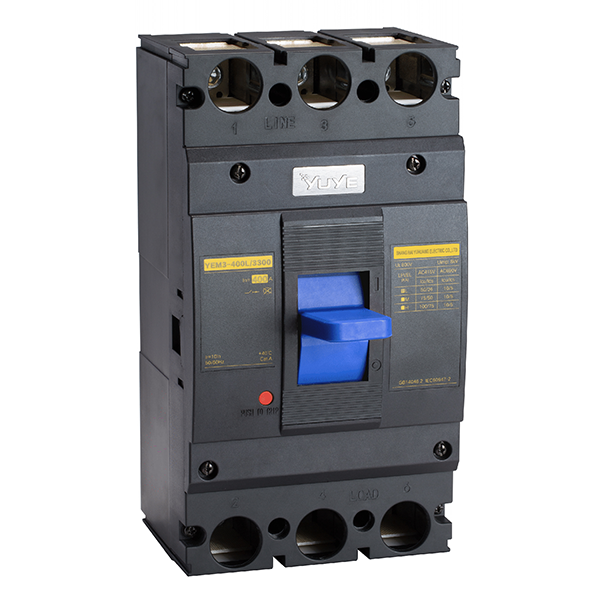 Molded case circuit breake YEM3-400/3P
Molded case circuit breake YEM3-400/3P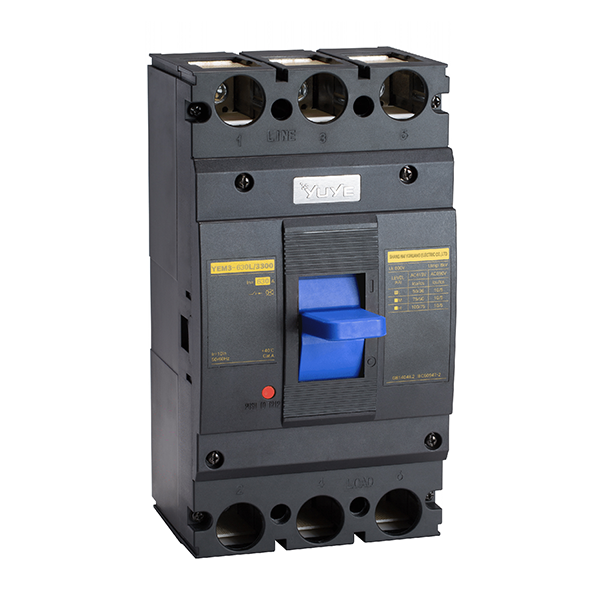 Molded case circuit breake YEM3-630/3P
Molded case circuit breake YEM3-630/3P Molded case circuit breaker YEM1-63/3P
Molded case circuit breaker YEM1-63/3P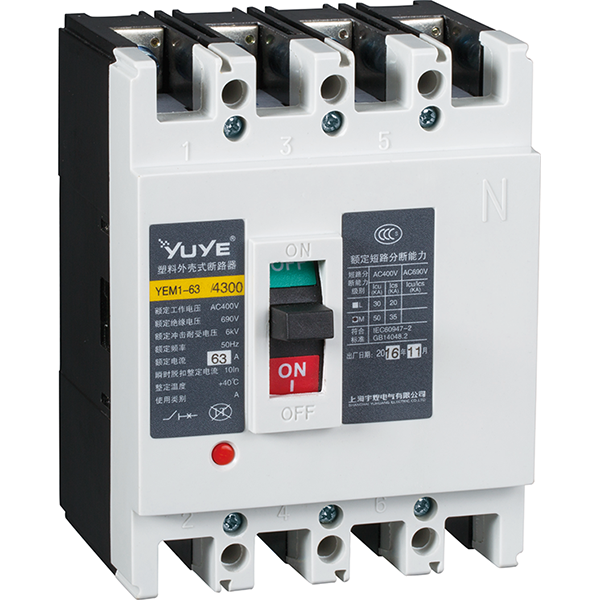 Molded case circuit breaker YEM1-63/4P
Molded case circuit breaker YEM1-63/4P Molded case circuit breaker YEM1-100/3P
Molded case circuit breaker YEM1-100/3P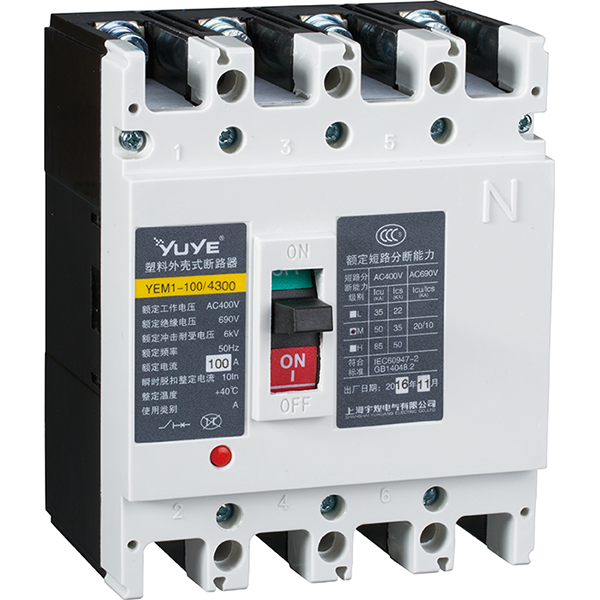 Molded case circuit breaker YEM1-100/4P
Molded case circuit breaker YEM1-100/4P Molded case circuit breaker YEM1-225/3P
Molded case circuit breaker YEM1-225/3P Molded case circuit breaker YEM1-400/3P
Molded case circuit breaker YEM1-400/3P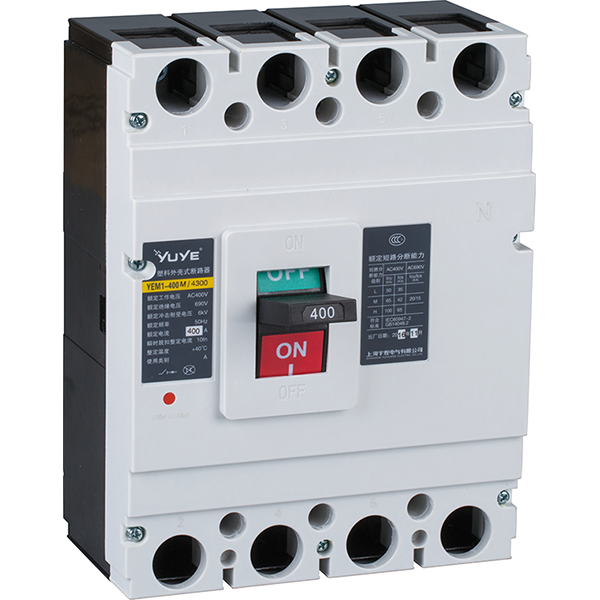 Molded case circuit breaker YEM1-400/4P
Molded case circuit breaker YEM1-400/4P Molded case circuit breaker YEM1-630/3P
Molded case circuit breaker YEM1-630/3P Molded case circuit breaker YEM1-630/4P
Molded case circuit breaker YEM1-630/4P Molded case circuit breaker YEM1-800/3P
Molded case circuit breaker YEM1-800/3P Molded case circuit breaker YEM1-800/4P
Molded case circuit breaker YEM1-800/4P Mold case circuit breaker YEM1E-100
Mold case circuit breaker YEM1E-100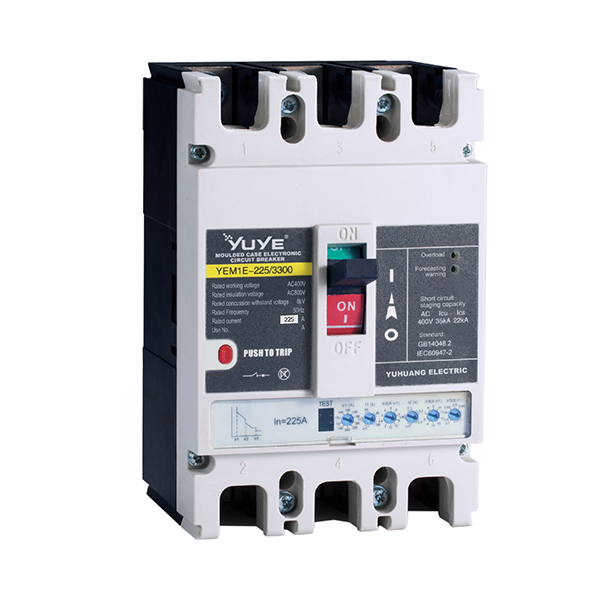 Molded case circuit breaker YEM1E-225
Molded case circuit breaker YEM1E-225 Molded case circuit breaker YEM1E-400
Molded case circuit breaker YEM1E-400 Molded case circuit breaker YEM1E-630
Molded case circuit breaker YEM1E-630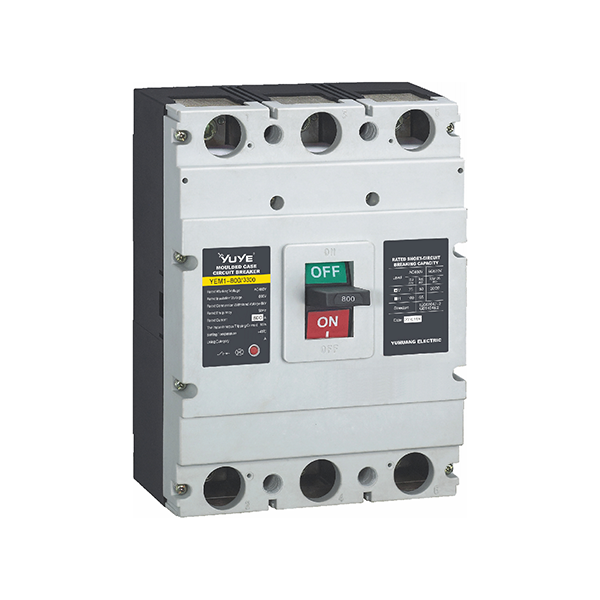 Mold case circuit breaker-YEM1E-800
Mold case circuit breaker-YEM1E-800 Molded case circuit breaker YEM1L-100
Molded case circuit breaker YEM1L-100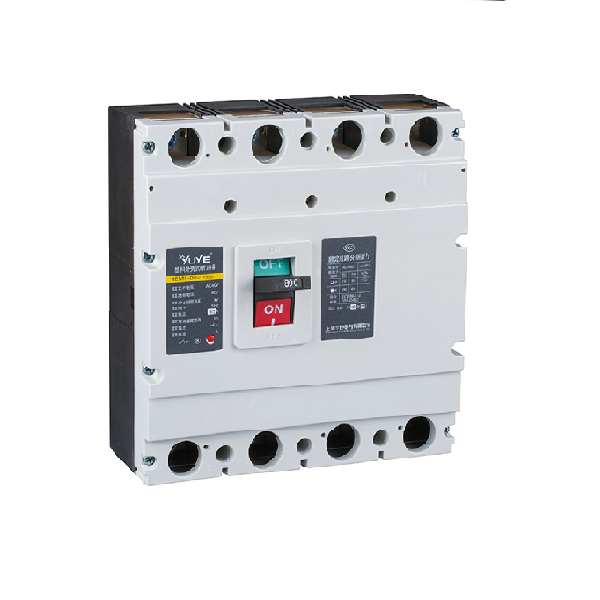 Molded case circuit breaker YEM1L-225
Molded case circuit breaker YEM1L-225 Mold case circuit breaker YEM1L-400
Mold case circuit breaker YEM1L-400 Molded case circuit breaker YEM1L-630
Molded case circuit breaker YEM1L-630 Miniature circuit breaker YUB1-63/1P
Miniature circuit breaker YUB1-63/1P Miniature circuit breaker YUB1-63/2P
Miniature circuit breaker YUB1-63/2P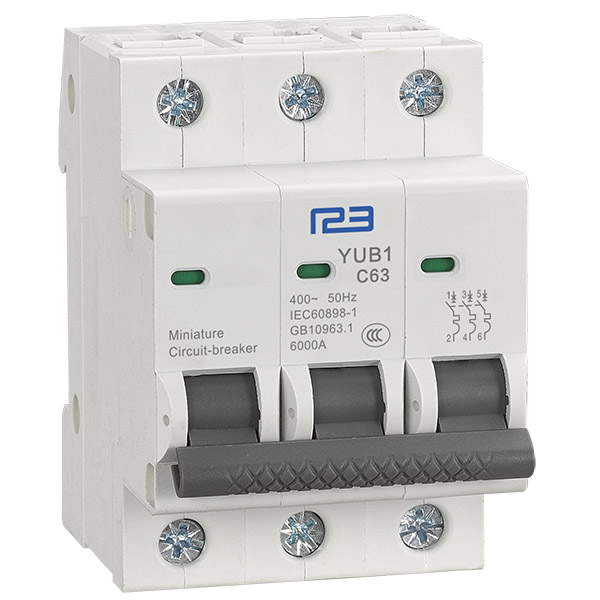 Miniature circuit breaker YUB1-63/3P
Miniature circuit breaker YUB1-63/3P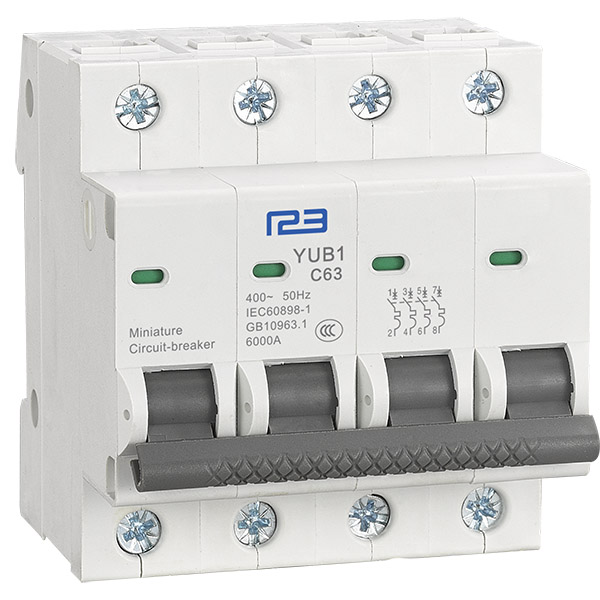 Miniature circuit breaker YUB1-63/4P
Miniature circuit breaker YUB1-63/4P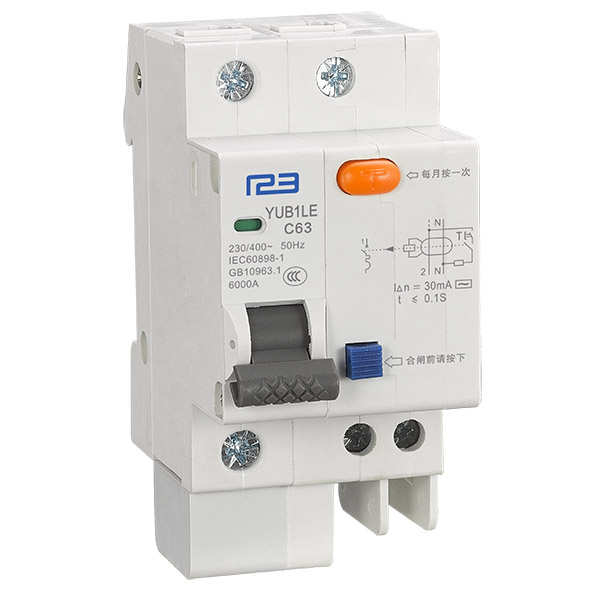 Miniature circuit breaker YUB1LE-63/1P
Miniature circuit breaker YUB1LE-63/1P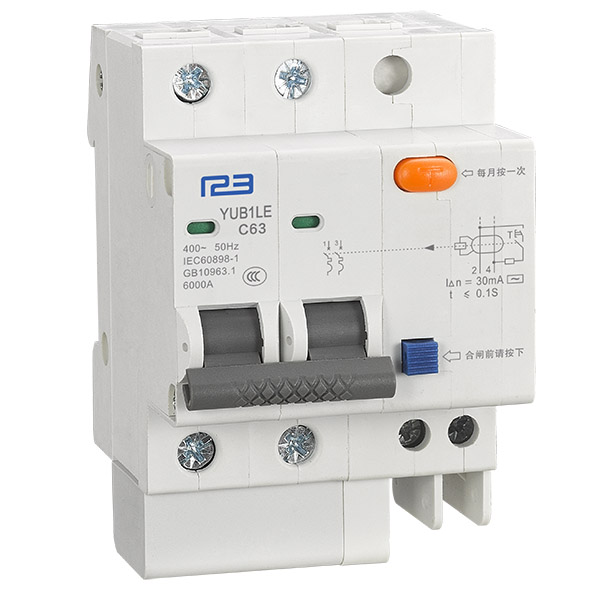 Miniature circuit breaker YUB1LE-63/2P
Miniature circuit breaker YUB1LE-63/2P Miniature circuit breaker YUB1LE-63/3P
Miniature circuit breaker YUB1LE-63/3P Miniature circuit breaker YUB1LE-63/4P
Miniature circuit breaker YUB1LE-63/4P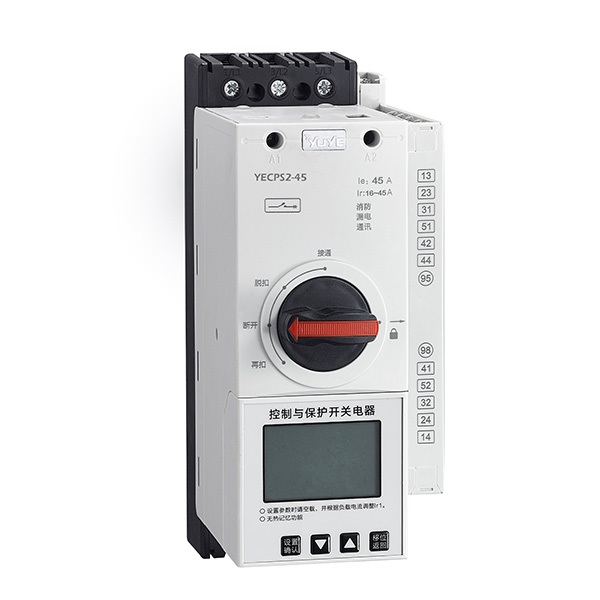 YECPS-45 LCD
YECPS-45 LCD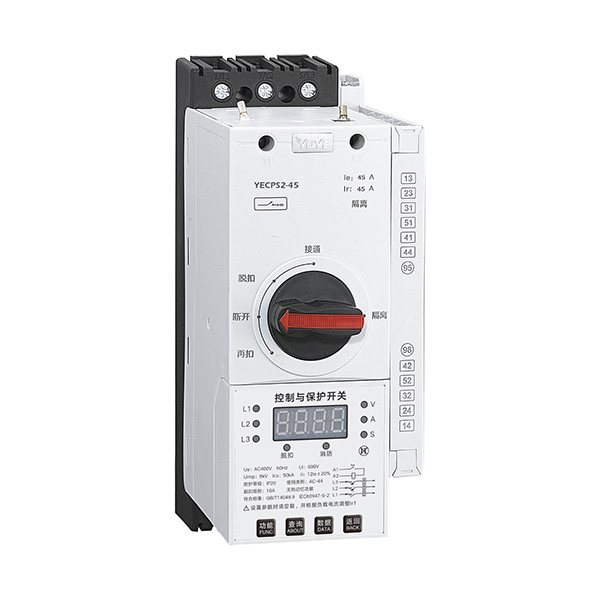 YECPS-45 Digital
YECPS-45 Digital DC Automatic transfer switch YES1-63NZ
DC Automatic transfer switch YES1-63NZ DC Plastic shell type circuit breaker YEM3D
DC Plastic shell type circuit breaker YEM3D PC/CB Grade ATS Controller
PC/CB Grade ATS Controller




